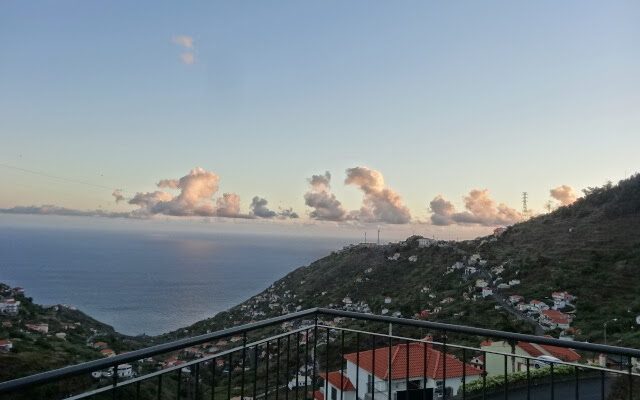
Yesterday afternoon, I received an email from a Marriott manager asking if we needed anything during our extended 70-night stay at this Residence Inn. If we think of something, we’ll let her know. She also asked why we are staying so long, requiring a lengthy explanation.
It made me realize why we like Marriott hotels so much. After all, we spent ten months in lockdown in Mumbai, India, during the pandemic and have stayed at many other Marriotts worldwide, never disappointed by the facility or the quality of the service. We are members of their rewards program, Marriott Bonvoy, and it was through that program that we got a better price for this current two-month stay.
Overall, we’ve had considerable success with quality service from all the rewards programs we use for credit cards, cars, vacation homes, and hotels. Even as Costco Premium members, we recently received a check for almost $200 for Tom’s upcoming hearing aid purchase.
Another recent example is that we used some reward points on a credit card to pay for the expensive hotel in Milwaukee this past weekend. During those times, it’s easier to digest paying premium rates using rewards points when few other options are available.
Speaking of good service, overall, we’ve found that service in the US has been excellent in most situations. That’s not to say that the service in other countries is inferior. It is not. We’ve had excellent service throughout the world from country to country, but we’ve noticed a variance in the expectation of servers receiving tips.
We have no problem tipping for good service. We consider ourselves good tippers, but we investigate what tipping customs and expectations are before heading to a new country. In Australia, for example, service people are paid a fair wage. Early on, when we embarked on numerous cruises in Australia, Tom attempted to tip the baggage handlers at the cruise terminal. In each case, they refused the tips, saying, “Sir, in our country, we make a living wage and don’t accept service tips.”
We spent two years in the South Pacific and found this true throughout Australia, including Tasmania (part of Australia) and New Zealand. In some tropical islands, the expectation for tips was comparable to the US, especially when wages were low in many island nations. We understood and complied accordingly. Then again, prices were low in many venues, whereas prices are higher overall in Australia.
In the past five months in the US, we’ve observed that tips are not only expected but often added to the bill with suggestions for the amount of tips based on the bill. But, on bills in some restaurants, we’ve also observed add-ons for the following:
- Credit card use fees as much as 3.5% of the total or more
- Health insurance and employee welfare as much as 3.5%
- Employee retention fees as high as 3.5%
- Tips are expected on the tax on top of the the basic food and drink items
We don’t calculate the tip amount on these extras. We only tip a percentage for the food and beverage amount, not these add-ons, nor do we tip on the sales tax or VAT. For instance, when dining in Minneapolis and other cities, there are city taxes, stadium taxes, and others. We don’t tip on top of these amounts. Why pay a percentage twice?
We may seem tightwads, but living on a fixed income that allows very little for cost of living increases with the current inflation rate, we must consider what works best for us. Of course, if one is wealthy and money is no object, they may never question this process.
This is not to say we don’t appreciate excellent service for food and beverage and the hard work of many servers throughout many fields of endeavor. We tip generously when the service is good, but only, as mentioned, for the service, food, and beverages provided to us.
Be well.
Photo from ten years ago today, June 18, 2014:















